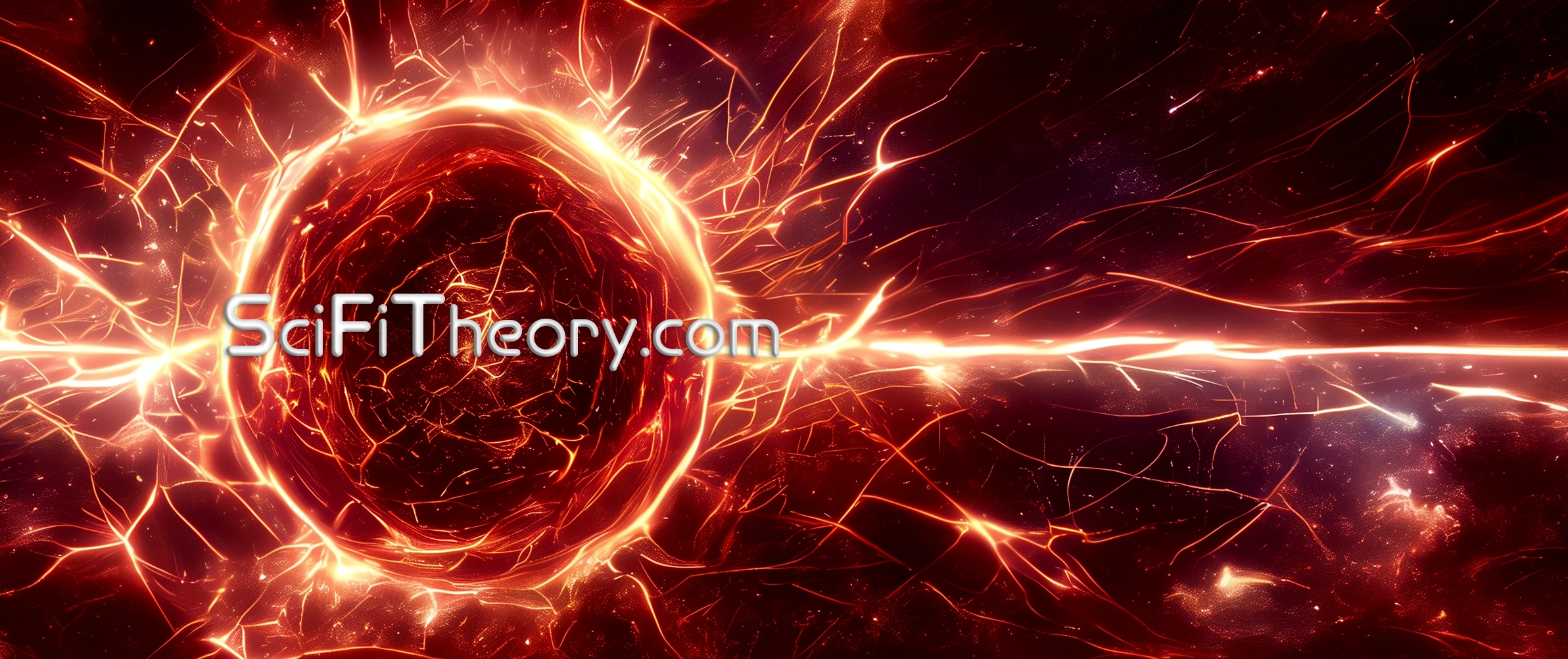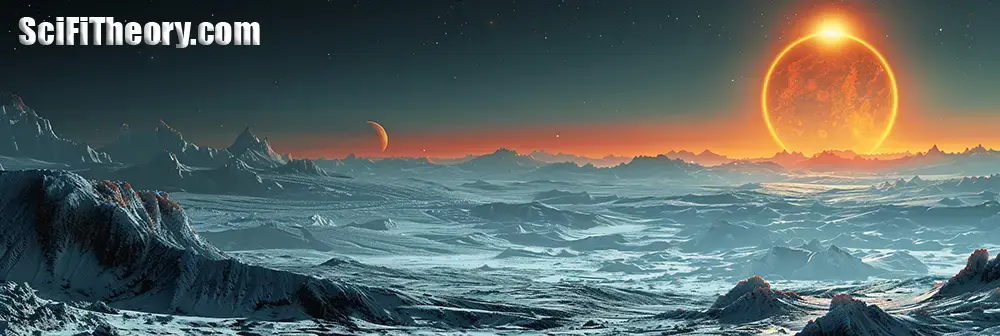Early Beginnings of Science Fiction
The origins of science fiction can be traced back to ancient mythology and early literature, where elements of the genre began to take shape. One of the earliest examples is “Lucian’s True History,” written in the 2nd century CE by Lucian of Samosata. This satirical work features interplanetary travel, encounters with alien life, and cosmic battles, making it a proto-science fiction text that pokes fun at contemporary beliefs and travel narratives. Lucian’s work includes fantastical elements like a journey to the Moon and interplanetary warfare, showcasing early science fiction themes of space exploration and encounters with extraterrestrial beings.
Another significant early influence is the Japanese tale “The Tale of the Bamboo Cutter” from the 10th century. This story revolves around Kaguya-hime, a princess from the Moon who is sent to Earth for her safety and later returns to her celestial home. The tale incorporates themes of extraterrestrial life and space travel, adding to the early examples of science fiction narratives. In addition, the Indian epic “Ramayana” also contains proto-science fiction elements, such as the use of flying machines called “vimanas” which could travel into space, further illustrating humanity’s long-standing fascination with the cosmos and advanced technology.
These early works laid the groundwork for the genre, blending myth, adventure, and speculative ideas about science and technology, which would later evolve into the rich and diverse genre of science fiction we know today.
The Golden Age of Science Fiction
The Golden Age of Science Fiction, spanning from the 1930s to the 1950s, marked a significant period of growth and development for the genre. This era is characterized by the publication of seminal works by authors such as Isaac Asimov, Arthur C. Clarke, and Robert A. Heinlein. These writers brought a new level of sophistication to science fiction, focusing on scientific accuracy and exploring complex themes through their narratives.
During this period, science fiction began to be taken more seriously as a literary genre. The stories often dealt with futuristic and speculative concepts grounded in scientific principles, which helped distinguish science fiction from other forms of speculative fiction. Isaac Asimov’s “Foundation” series, Arthur C. Clarke’s “Childhood’s End,” and Robert A. Heinlein’s “Starship Troopers” are exemplary works that emerged from this era, each exploring different aspects of technology, society, and the future.
One of the driving forces behind the Golden Age was the rise of science fiction magazines. “Amazing Stories,” founded in 1926 by Hugo Gernsback, was instrumental in popularizing the genre, but it was “Astounding Science Fiction” under the editorship of John W. Campbell that truly defined the era. Campbell’s magazine became a platform for many of the genre’s most influential writers, fostering a community of authors who would shape the direction of science fiction for decades to come.
This era also saw science fiction’s impact extend beyond literature into other media, including radio, television, and films. The cultural significance of science fiction during this time is highlighted by its influence on real-world scientific and technological advancements. Many scientists and engineers, including figures like Carl Sagan, have cited science fiction as a major inspiration for their careers.
Overall, the Golden Age of Science Fiction was a transformative period that established many of the conventions and themes that continue to define the genre today. Through its emphasis on scientific plausibility and exploration of futuristic ideas, it not only entertained but also provoked thought and discussion about humanity’s future and the potential of scientific progress.
New Wave and Beyond
Beginning in the 1960s, the New Wave movement in science fiction sought to push the boundaries of the genre by incorporating experimental writing styles and exploring social and political issues. This period marked a significant departure from the conventions of the Golden Age of Science Fiction, focusing more on “inner space”—the exploration of the human condition, psychology, and social structures—than on “outer space” and technological advancements.
Authors like Ursula K. Le Guin and Philip K. Dick emerged during this time, using science fiction as a platform to address topics such as gender, race, and the nature of reality. Le Guin’s “The Left Hand of Darkness” challenged traditional gender roles by depicting a society where individuals could change their sex, while Dick’s “Do Androids Dream of Electric Sheep?” questioned the nature of humanity and consciousness through its depiction of androids and artificial intelligence.
The New Wave movement was characterized by its literary ambition and experimental approaches. Writers like J.G. Ballard and Harlan Ellison pushed the genre’s boundaries with avant-garde narratives and provocative themes. Ballard’s works often included surreal and dystopian elements, such as in “The Drowned World,” which combined psychological depth with post-apocalyptic settings. Ellison’s anthology “Dangerous Visions” showcased stories that tackled controversial subjects previously avoided in mainstream science fiction.
This era also saw the rise of influential magazines and anthologies that became platforms for New Wave writers. Michael Moorcock’s editorship of “New Worlds” magazine played a crucial role in promoting experimental and avant-garde science fiction, while Ellison’s “Dangerous Visions” anthology became a landmark collection that epitomized the New Wave’s innovative spirit.
The evolution of science fiction continues to this day, with contemporary authors and filmmakers expanding the genre’s horizons and exploring new frontiers of human experience and scientific possibility. Modern science fiction often blends elements from the New Wave with more traditional themes, reflecting ongoing societal concerns and technological advancements. Authors like Neal Stephenson and filmmakers like Christopher Nolan continue to explore complex themes and innovative storytelling techniques, ensuring that science fiction remains a dynamic and evolving genre.
Through its rich history, science fiction has consistently challenged our perceptions and inspired both technological innovation and philosophical inquiry. The New Wave’s legacy of literary experimentation and social commentary has left an indelible mark on the genre, influencing a diverse array of works that continue to explore the profound questions of human existence and the future.

